Product Consultation
Your email address will not be published. Required fields are marked *
Furniture plays a major role in shaping the character and comfort of a home. Among the many seating options available, the accent chair stands out as a piece that goes beyond simple functionality. Unlike a standard chair, which is often chosen primarily for practical seating, an accent chair serves a dual purpose: it provides comfort while also making a strong visual statement. Understanding the design features that set accent chairs apart helps homeowners and designers use them effectively to elevate interior spaces.
The most fundamental difference lies in purpose. A standard chair is typically part of a matching furniture set—such as dining chairs or living room seating—meant to blend in with the rest of the décor. Accent chairs, on the other hand, are intended to stand out. They function as statement pieces, designed to draw attention, introduce contrast, or add personality to a room.
Accent chairs often feature distinctive shapes that differ from the conventional straight or boxy forms of standard chairs. Wingback chairs, barrel chairs, slipper chairs, and club chairs are popular accent chair designs that each bring their own personality. These unique silhouettes make the accent chair instantly recognizable and help it command visual interest in a room.

While standard chairs are usually upholstered in neutral shades to coordinate with the surrounding furniture, accent chairs frequently showcase bold colors, striking patterns, or textured fabrics. Whether it is a vibrant velvet, a floral print, or a rich leather finish, the upholstery of an accent chair is often chosen to contrast with or highlight other elements in the space. This use of color and texture allows the chair to serve as both seating and décor.
Accent chairs also stand out through their material choices. Standard chairs might prioritize durability and uniformity, but accent chairs can incorporate diverse materials such as tufted fabrics, woven rattan, polished metal, or carved wood details. This diversity in material not only enhances comfort but also adds layers of design interest.
Design details are another distinguishing factor. Accent chairs often feature decorative touches like nailhead trim, tufted backs, flared arms, or sculpted legs. These design elements are not merely functional—they highlight craftsmanship and add character, setting the chair apart from standard, more utilitarian seating.
While standard chairs are usually placed in predictable settings (dining tables, office desks, or living room sets), accent chairs are versatile in placement. They can be used to fill empty corners, frame a fireplace, complement a sofa, or even stand alone as a conversation piece. Their design makes them adaptable to a variety of roles beyond everyday seating.
Ultimately, what makes an accent chair different is its contribution to overall room aesthetics. Standard chairs complete a seating arrangement, but accent chairs create visual impact. They add balance, break monotony, and introduce style elements that may not be present in other furniture pieces. In many cases, a well-chosen accent chair can redefine the atmosphere of an entire room.
Accent chairs differ from standard chairs in both function and design. With bold colors, unique shapes, varied materials, and decorative details, they serve as statement pieces that elevate the style of a room. While standard chairs fulfill basic seating needs, accent chairs bridge the gap between function and artistry, making them essential for homeowners and designers who want to combine comfort with creativity in interior design.
15 Types of Living Room Chairs and How to Choose On
Sep 02,2025Choosing the Right Dining Chair for Comfort and Style
Sep 19,2025Your email address will not be published. Required fields are marked *
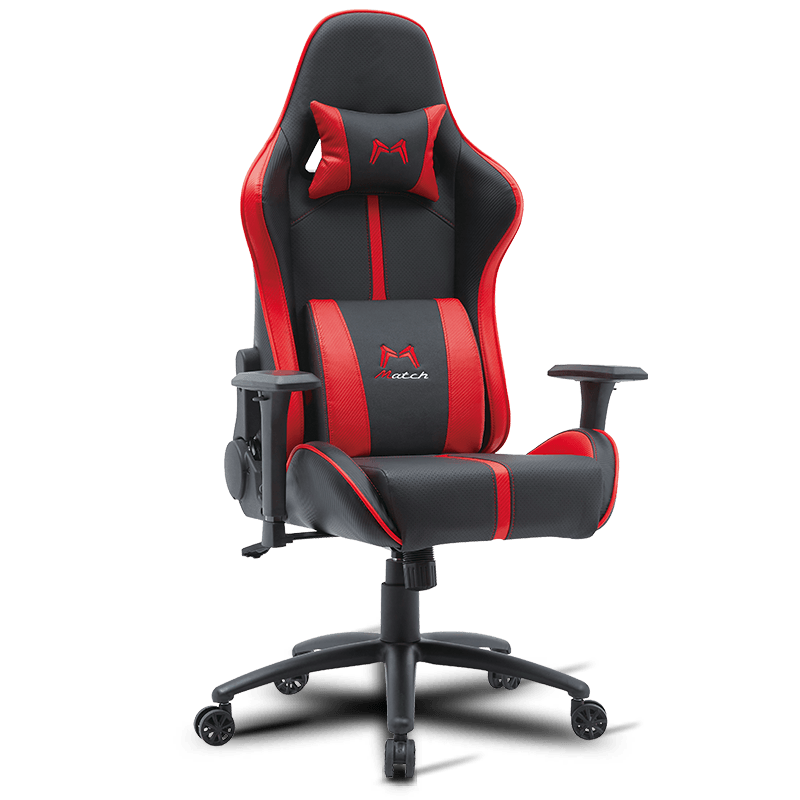
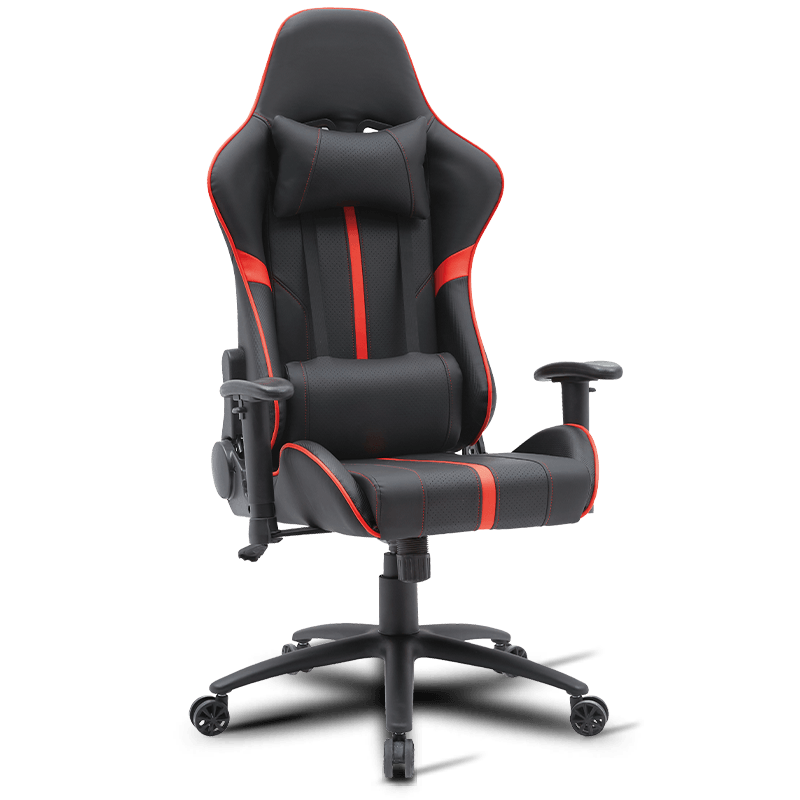
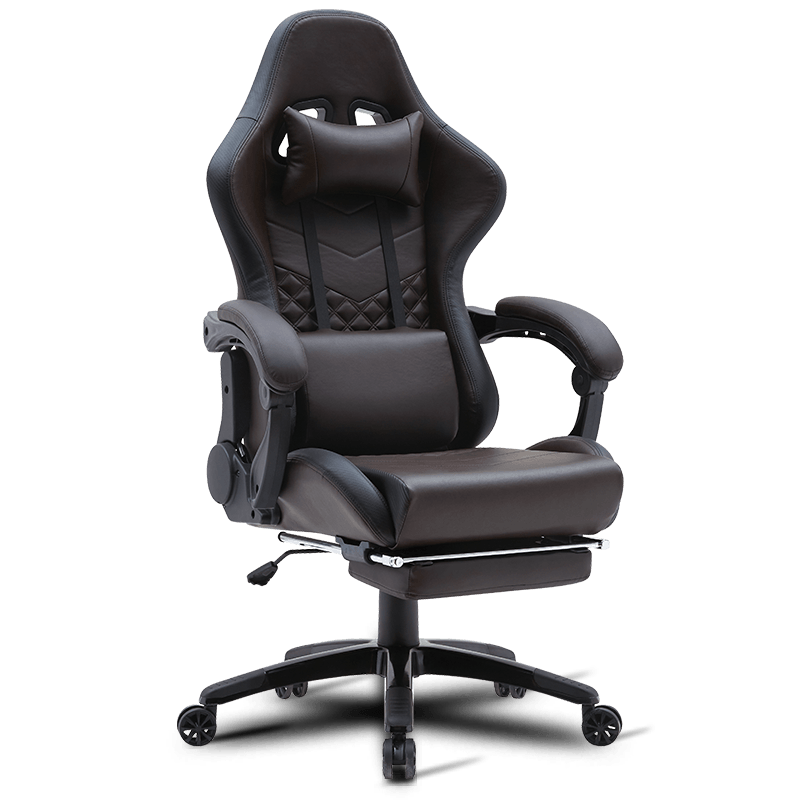
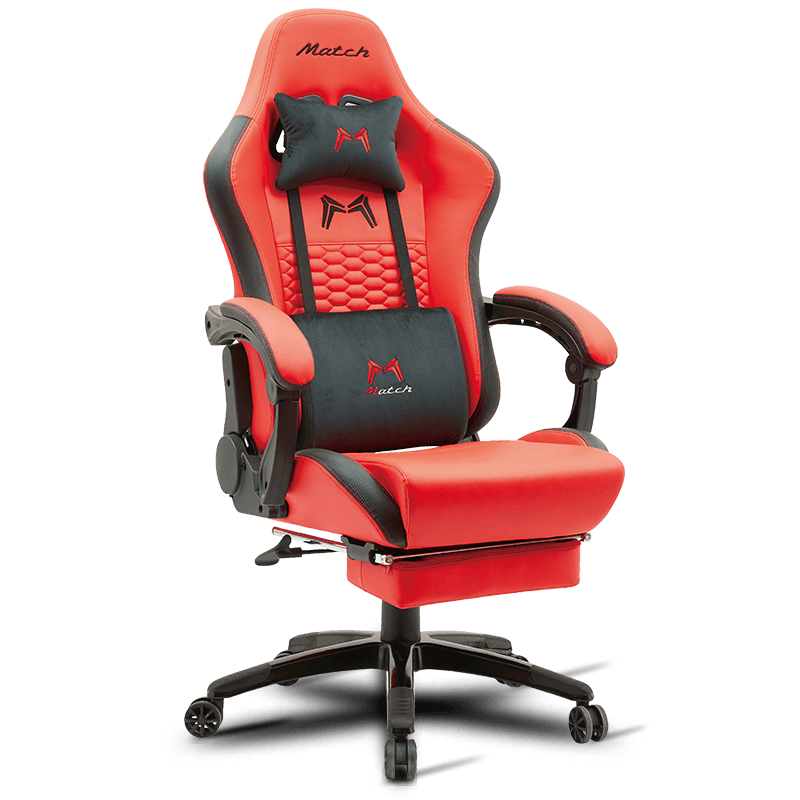

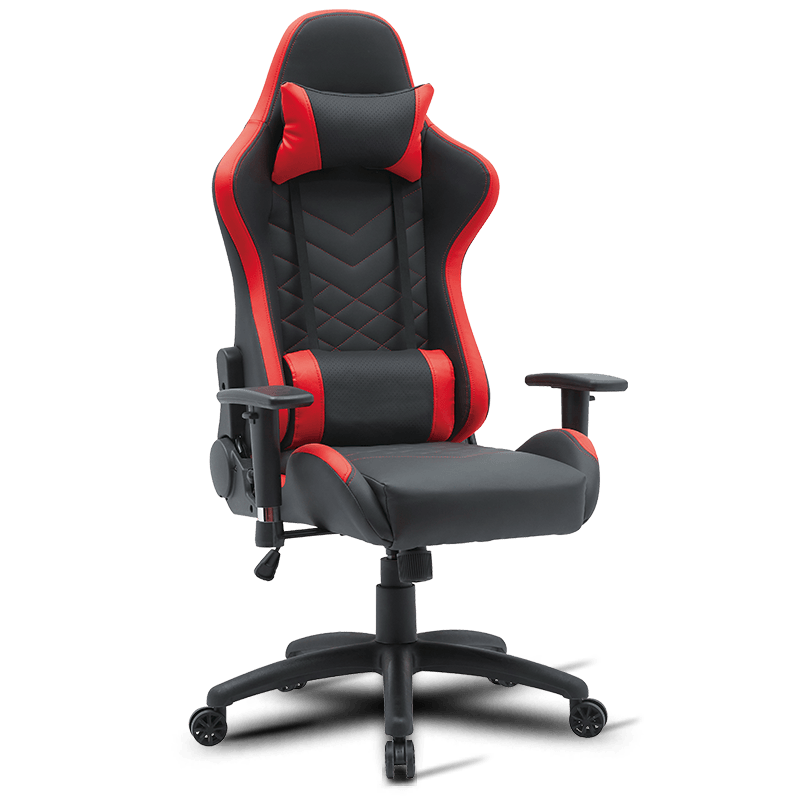
Tangpu, Huzhou, Zhejiang, China
0086-15088380506
Copyright © Anji Mingchuang Furniture Co., Ltd. All Rights Reserved.
